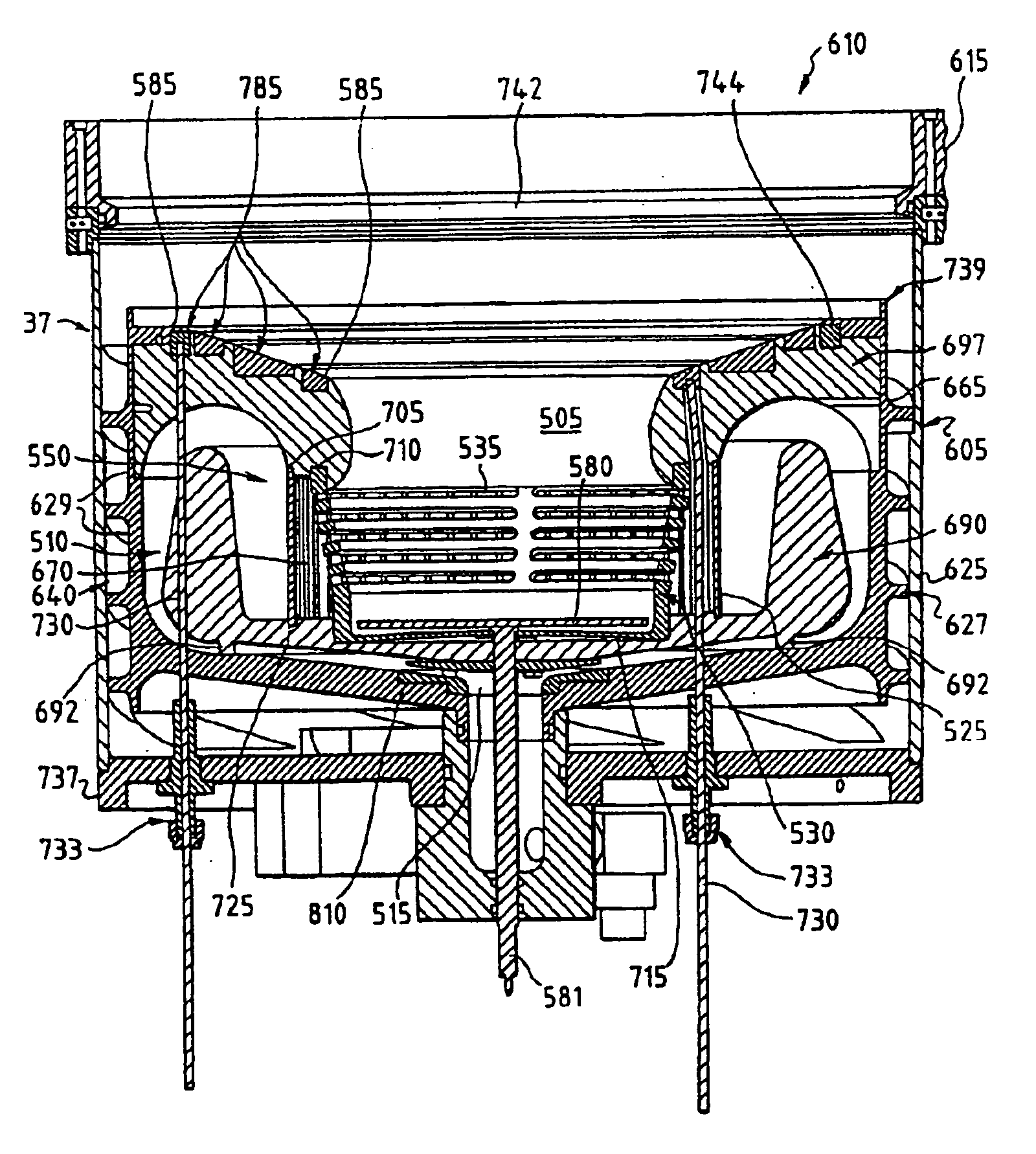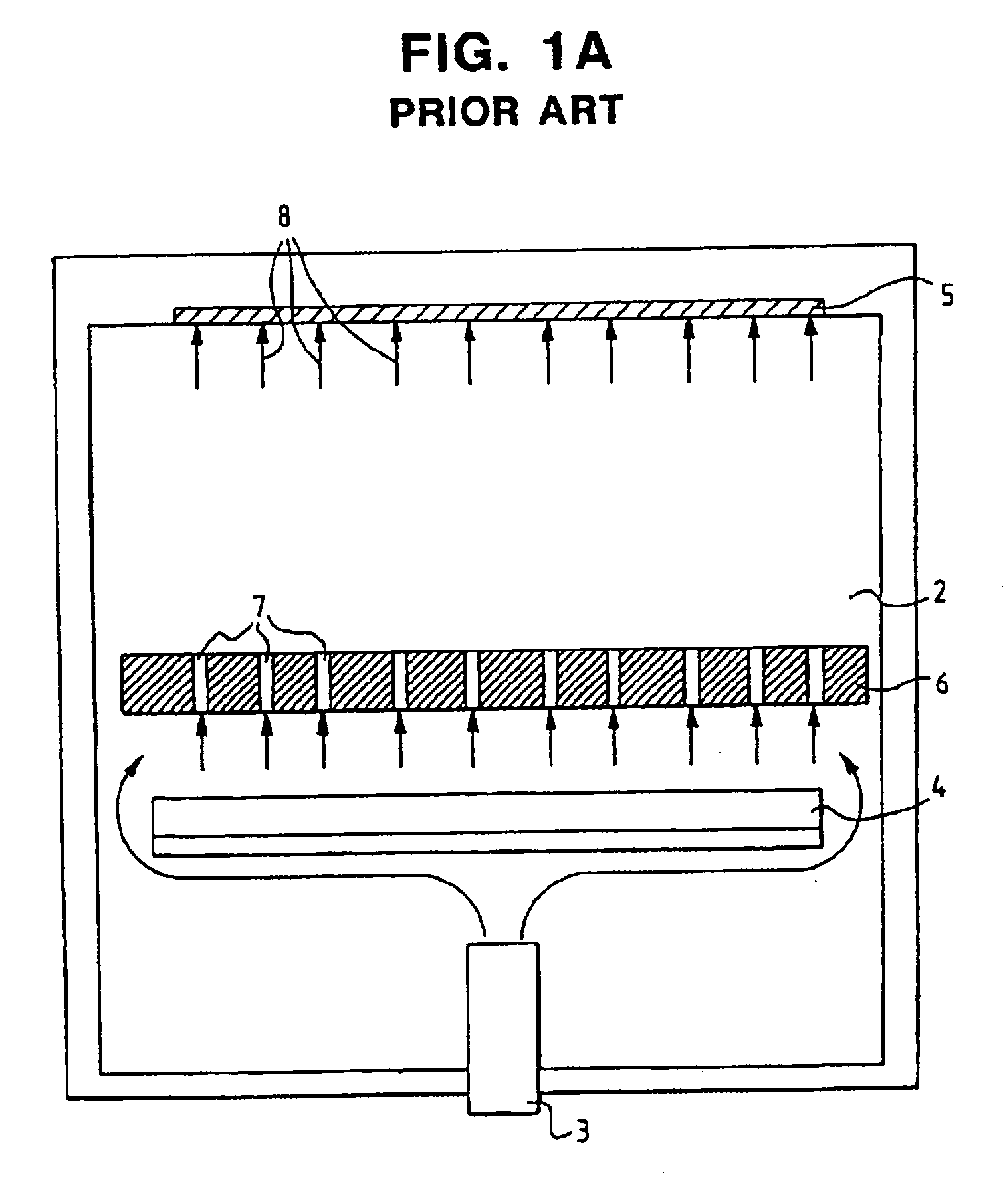System for electrochemically processing a workpiece
a workpiece and electrochemical processing technology, applied in the direction of manufacturing tools, cell components, electric circuits, etc., can solve the problems of difficult to ensure the proper mass transfer conditions between the electrochemical processing solution and the surface of the workpiece, and the electrochemical processing of the workpiece surface can be often non-uniform,
- Summary
- Abstract
- Description
- Claims
- Application Information
AI Technical Summary
Benefits of technology
Problems solved by technology
Method used
Image
Examples
Embodiment Construction
[0030] Basic Reactor Components
[0031] With reference to FIG. 1B, there is shown a reactor assembly 20 for electroplating a microelectronic workpiece 25, such as a semiconductor wafer. Generally stated, the reactor assembly 20 is comprised of a reactor head 30 and a corresponding reactor base, shown generally at 37 and described in substantial detail below, in which the electroplating solution is disposed. The reactor of FIG. 1B can also be used to implement electrochemical processing operations other than electroplating (e.g., electropolishing, anodization, etc.).
[0032] The reactor head 30 of the electroplating reactor assembly may comprised of a stationary assembly 70 and a rotor assembly 75. Rotor assembly 75 is configured to receive and carry an associated microelectronic workpiece 25, position the microelectronic workpiece in a process-side down orientation within a container of reactor base 37, and to rotate or spin the workpiece while joining its electrically-conductive surf...
PUM
| Property | Measurement | Unit |
|---|---|---|
| perimeter | aaaaa | aaaaa |
| conductive | aaaaa | aaaaa |
| elevation | aaaaa | aaaaa |
Abstract
Description
Claims
Application Information
 Login to View More
Login to View More - R&D
- Intellectual Property
- Life Sciences
- Materials
- Tech Scout
- Unparalleled Data Quality
- Higher Quality Content
- 60% Fewer Hallucinations
Browse by: Latest US Patents, China's latest patents, Technical Efficacy Thesaurus, Application Domain, Technology Topic, Popular Technical Reports.
© 2025 PatSnap. All rights reserved.Legal|Privacy policy|Modern Slavery Act Transparency Statement|Sitemap|About US| Contact US: help@patsnap.com



